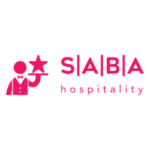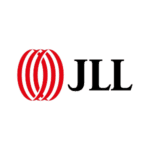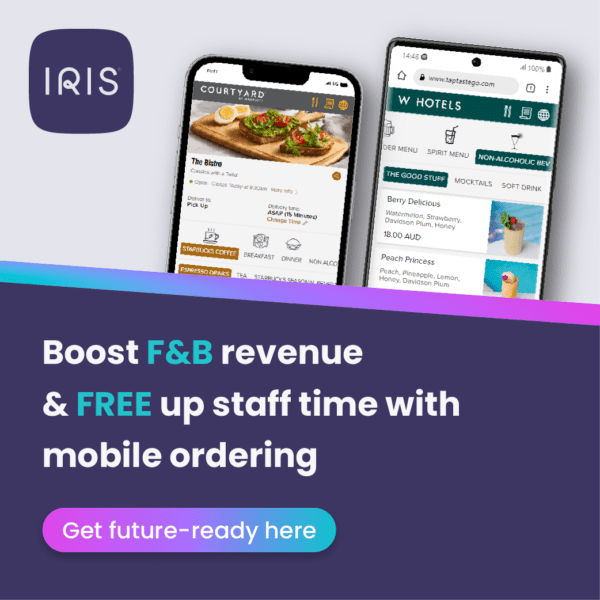 Pause for a moment and take in the broader landscape of the hospitality industry. You’ll see that labor challenges, from shortages to rising wages, will remain ongoing issues. While the pandemic significantly reduced the hospitality workforce and dented the industry’s appeal for younger recruits, that’s only part of the picture. Other factors, such as the growing appeal of remote work over on-site roles, shrinking Gen Z workforce numbers, and evolving immigration patterns, are all outside of your control.
Pause for a moment and take in the broader landscape of the hospitality industry. You’ll see that labor challenges, from shortages to rising wages, will remain ongoing issues. While the pandemic significantly reduced the hospitality workforce and dented the industry’s appeal for younger recruits, that’s only part of the picture. Other factors, such as the growing appeal of remote work over on-site roles, shrinking Gen Z workforce numbers, and evolving immigration patterns, are all outside of your control.
Given that labor constraints aren’t going away, one of the most effective ways to stabilize and grow GOP, NOI, or any other key performance measure is by leveraging technology. While cost-cutting through headcount reduction or procurement strategies can yield savings, recent innovations in hotel technology now allow properties to enhance efficiency across all departments, enabling each team member to accomplish more with fewer resources.
So, how exactly can technology help lower costs? Consider these key areas:
- Automating repetitive tasks to improve team productivity
- Driving direct bookings to reduce acquisition costs while offering greater payment flexibility to boost revenue
- Applying data analytics to optimize labor scheduling, hiring, procurement, reporting and energy consumption
Of course, the extent to which you can influence these technological decisions depends on whether your property operates independently or under a brand that controls system selection. However, even if you have limited direct control, corporate leadership is likely already evaluating new solutions to improve operational efficiency. Many of these innovations may already be available and simply require your initiative, investment and staff training for implementation.
It’s also important to acknowledge that unlocking these savings may require some upfront spending – whether it’s capex for implementation, additional opex, or the time needed for training and adaptation. This aligns with the fundamental principle: sometimes, you have to spend a little more to achieve greater long-term savings.
A prime example of this is housekeeping technology. Labor remains a major bottleneck, and cutting corners can backfire by driving up hidden replacement costs such as overtime, recruitment, sign-on bonuses, training and loss of experienced leadership. A more effective approach is to use smart technology to optimize room cleaning schedules, reduce supervisor workloads, and even accommodate housekeeper preferences for seniority or flexible shifts. Implementing such tools may involve an additional monthly subscription or updating existing software, but the efficiency gains more than justify the investment.
Pairing housekeeping management tools with labor analysis software can further reduce overtime costs through optimized scheduling and better balancing of stayover versus cleanout cleans. Yes, these enhancements come with a price – another per-room software fee and onboarding efforts – but the savings from better labor allocation make the return on investment highly compelling.
This same principle applies to guest acquisition costs. Midscale, economy and select-service properties will always rely on OTAs, despite their hefty commissions. However, a strategic deployment of technology across the guest journey can improve direct booking incentives, enhance revenue management algorithms, and personalize loyalty offers. On-property teams can also leverage centralized guest data to enhance service quality, boosting GSS and TripAdvisor ratings – key differentiators in competitive markets.
Every hotel is unique, so the specific technologies and vendors that will deliver the highest ROI will vary. Nonetheless, the overarching strategy remains clear: investing in the right technology ultimately drives substantial long-term savings by lowering operational costs and increasing profitability.
To approach this from another angle, the philosophy of “spend a little more to make a lot more” underscores the distinction between cost-efficient and cost-effective operations. A cost-efficient operator focuses solely on expense reduction, while a cost-effective one understands the value of strategic investments that generate significant returns over time.
This mindset enables both on-property and above-property teams to develop initiatives that set their hotels apart from competitors – what we call the ‘reason to visit’. Even for economy and limited-service properties, offering standout in-room amenities or unique facilities can drive guest preference in ways that aren’t always directly reflected in financial statements.
To illustrate the benefits of such investments, here’s what you can expect:
- Strengthened pricing power, allowing for above-market ADRs and a higher share of direct bookings as guests actively seek out your property.
- Greater upsell opportunities by bundling rooms with bespoke amenities and ancillary services, encouraging more direct reservations.
- Improved group sales performance, as enhanced facilities and experiences make your property more attractive for meetings and events.
- Increased brand awareness and organic marketing through superior guest satisfaction, leading to word-of-mouth referrals and a stronger market position.
The key concept here is ‘experiential’. Across all hotel categories, guests increasingly prioritize experiences over mere accommodations, and many are willing to pay a premium for added value. While location and price will always matter, rolling out distinctive experiential elements creates long-term competitive advantages that go beyond basic cost control.
Of course, delivering these experiences requires capital investment and a long-term vision—it’s a marathon, not a sprint. Here are some potential strategies to create that all-important reason to visit:
- Revamping the lobby with modern aesthetics, coworking spaces, a café, a lobby bar or live entertainment to foster a social atmosphere that attracts both guests and locals.
- Renovating the restaurant to make it more versatile for different meal periods and off-peak dining, catering to the growing demand for remote-friendly environments.
- Reimagining meeting spaces beyond traditional conference setups, incorporating micro-meeting areas or entertainment-driven evening events for younger business travelers.
- Developing exclusive partnerships with local attractions and transport providers to offer seamless activity experiences for guests.
- Exploring wellness programs for both guests and employees, an area of growing demand that extends beyond traditional spa offerings.
- Engaging with local artists, charities, and sustainability initiatives – not just as a goodwill gesture, but as a strategy to enhance brand loyalty among both guests and staff, reducing turnover and its associated costs.
These initiatives demand both financial resources and dedicated effort to implement properly. For operators already stretched thin, such investments can be tough to justify in the short term. However, failure to innovate leaves properties vulnerable to commoditization and excessive reliance on third-party distribution, which erodes profitability.
While we could take this opportunity to highlight our expertise in helping upscale and luxury hotels develop financially sound experiential strategies, it’s worth noting that major brands are also highly attuned to this trend. Many are willing to collaborate on PIP structures to make these investments viable. Ultimately, every successful capex project begins with a bold vision and the understanding that strategic spending is essential to driving long-term profitability.















